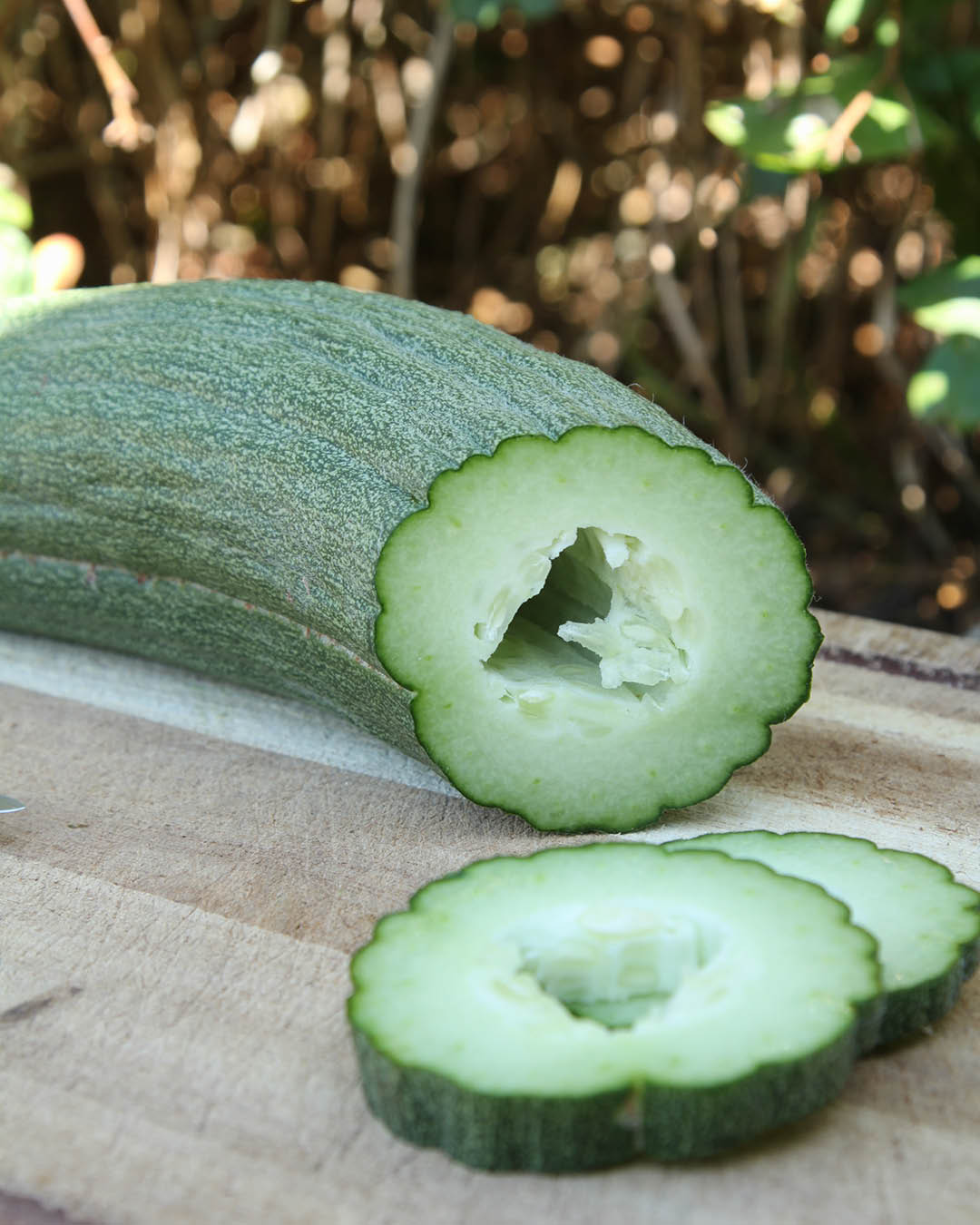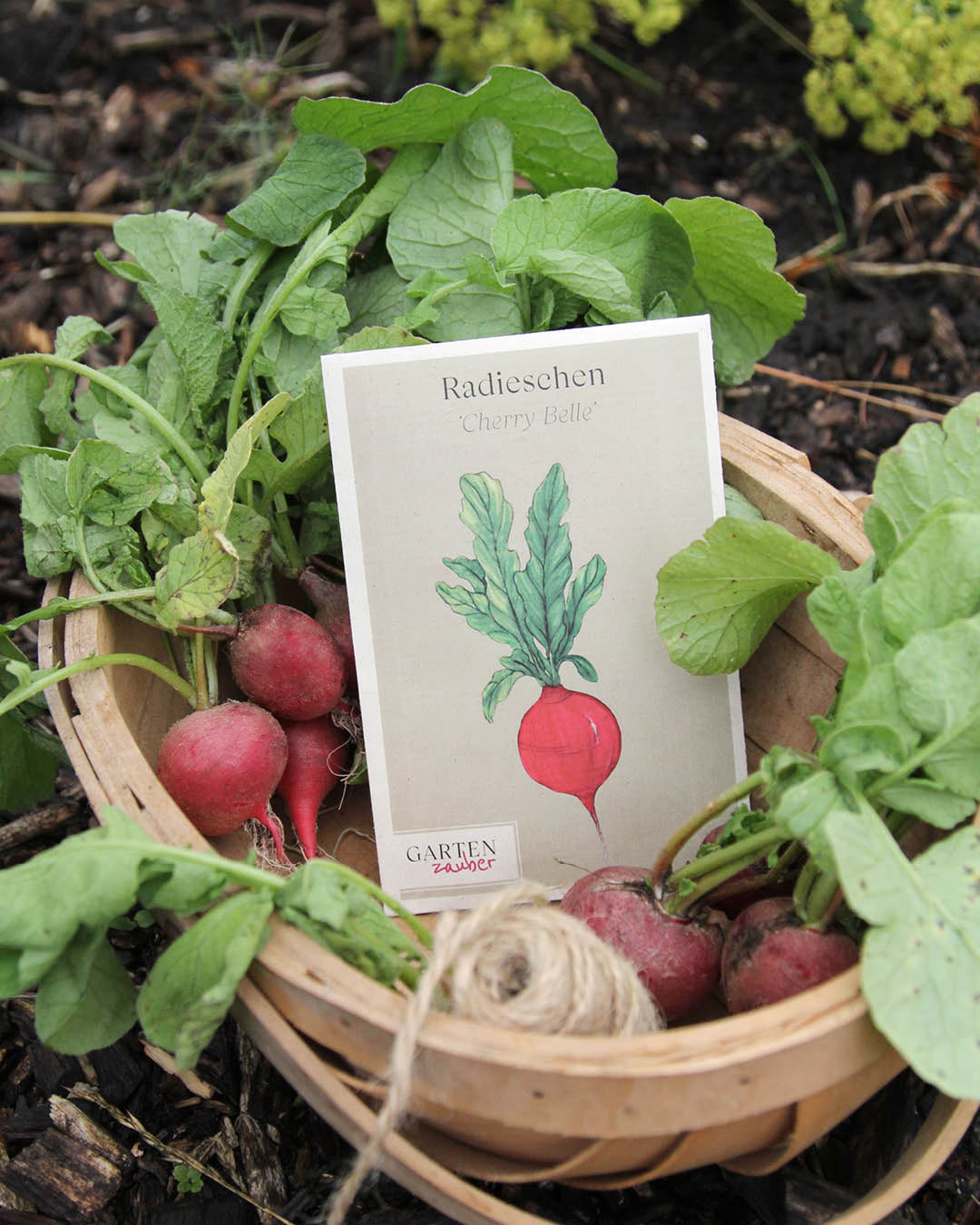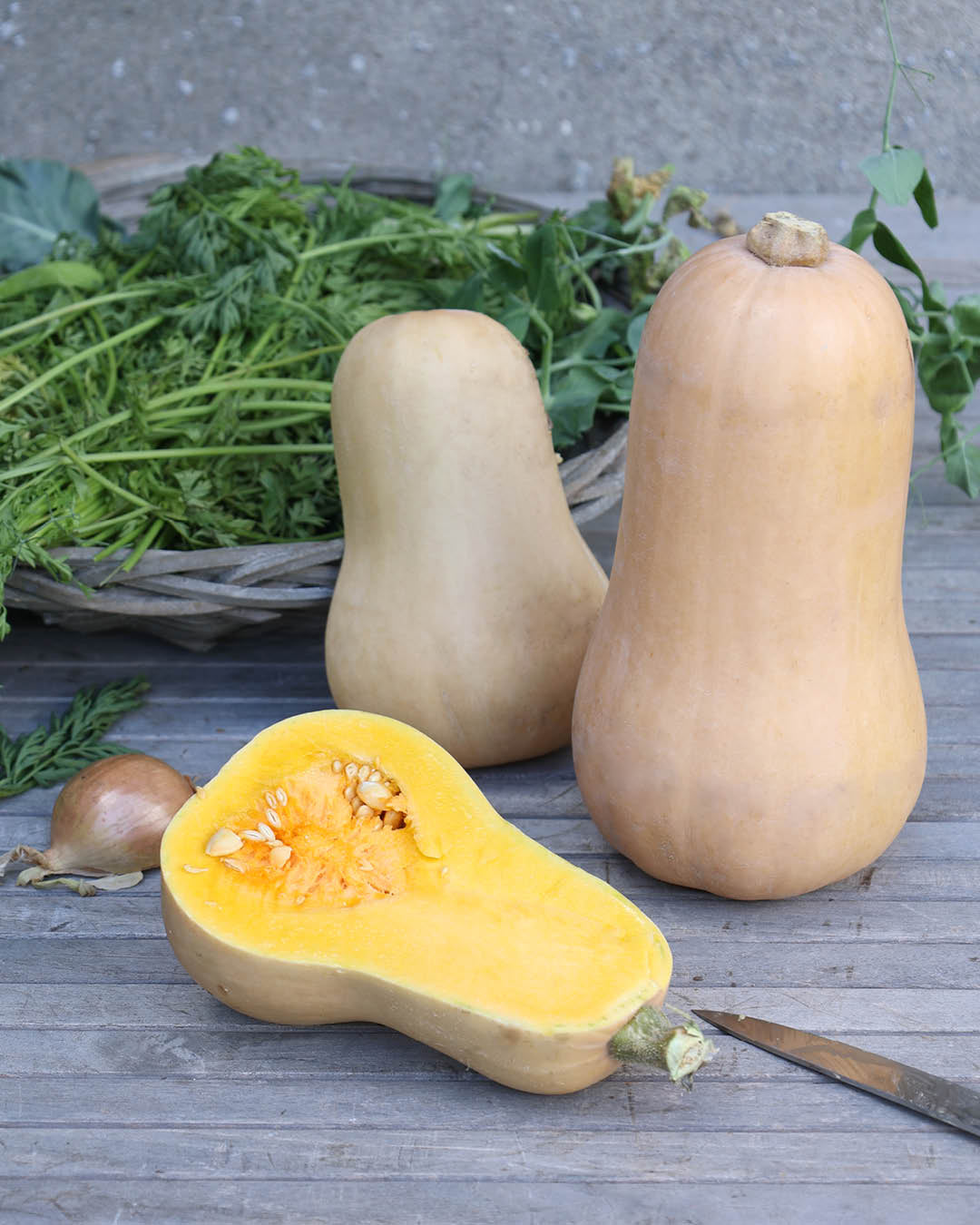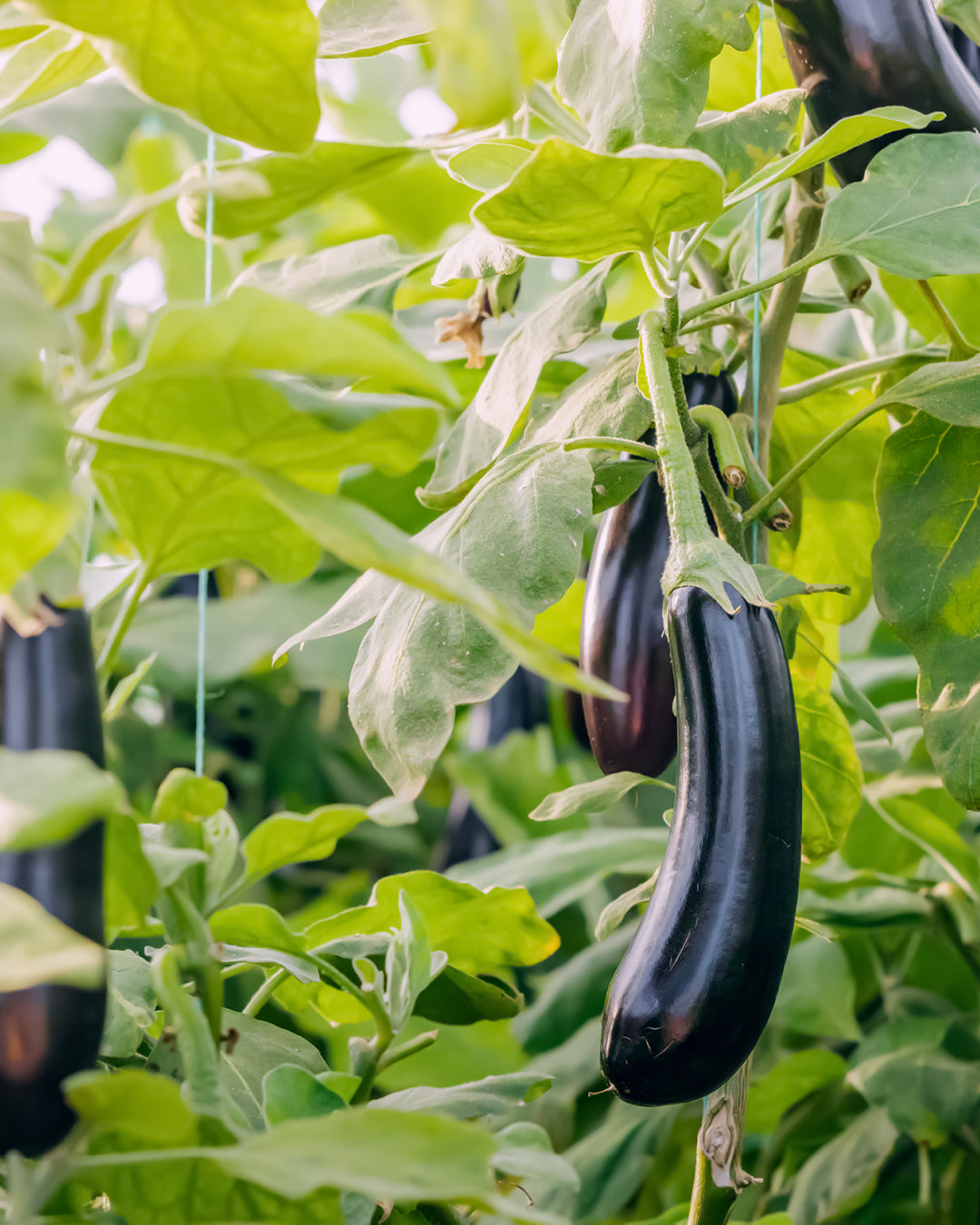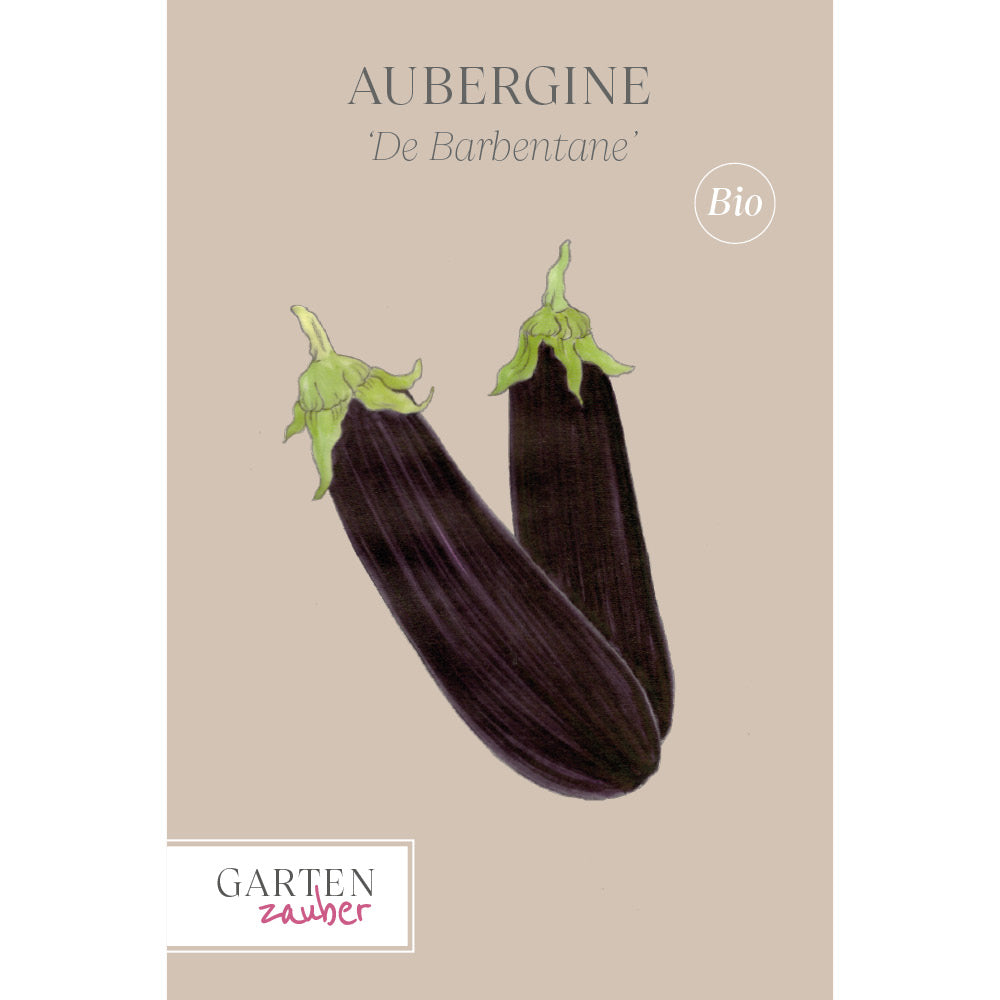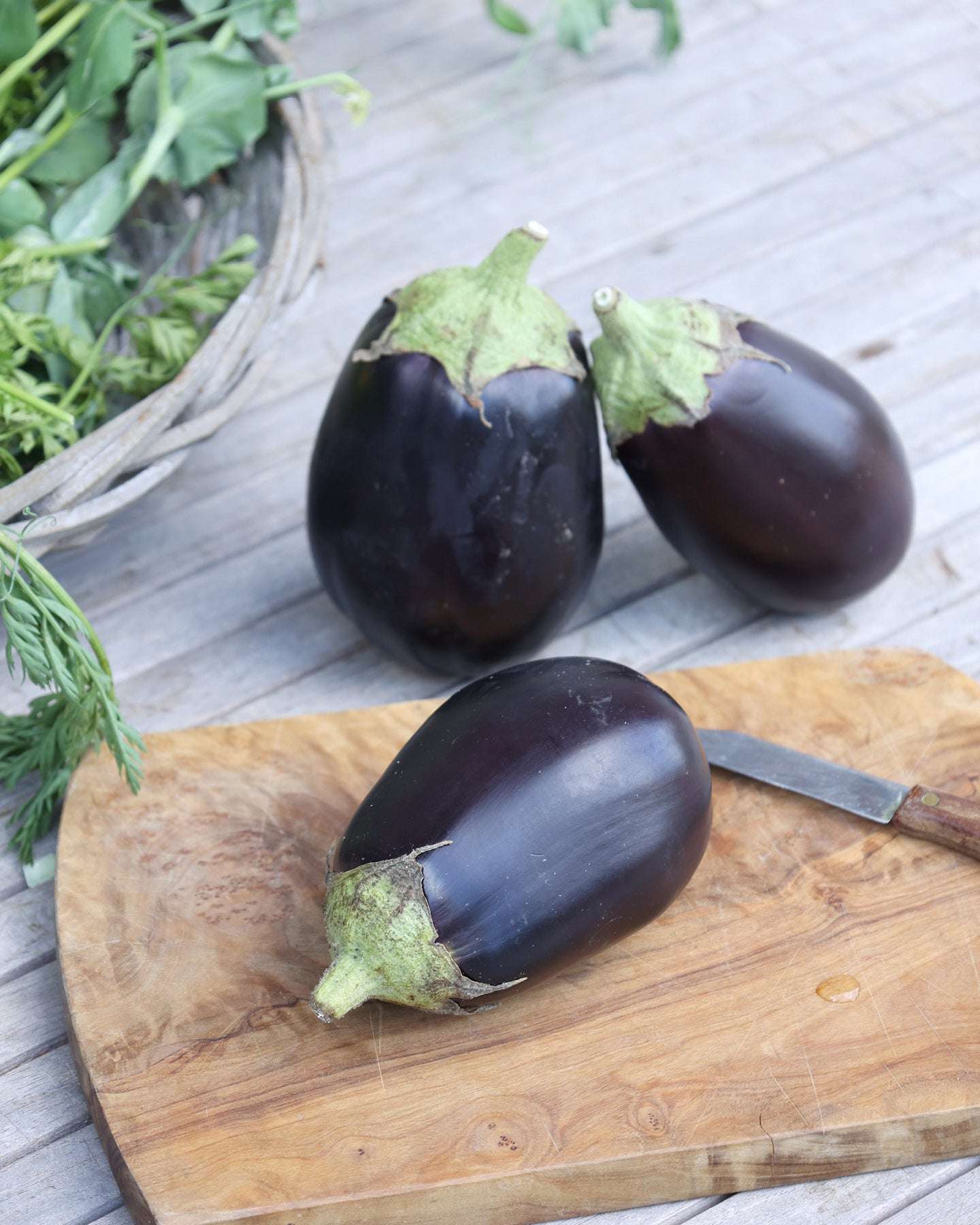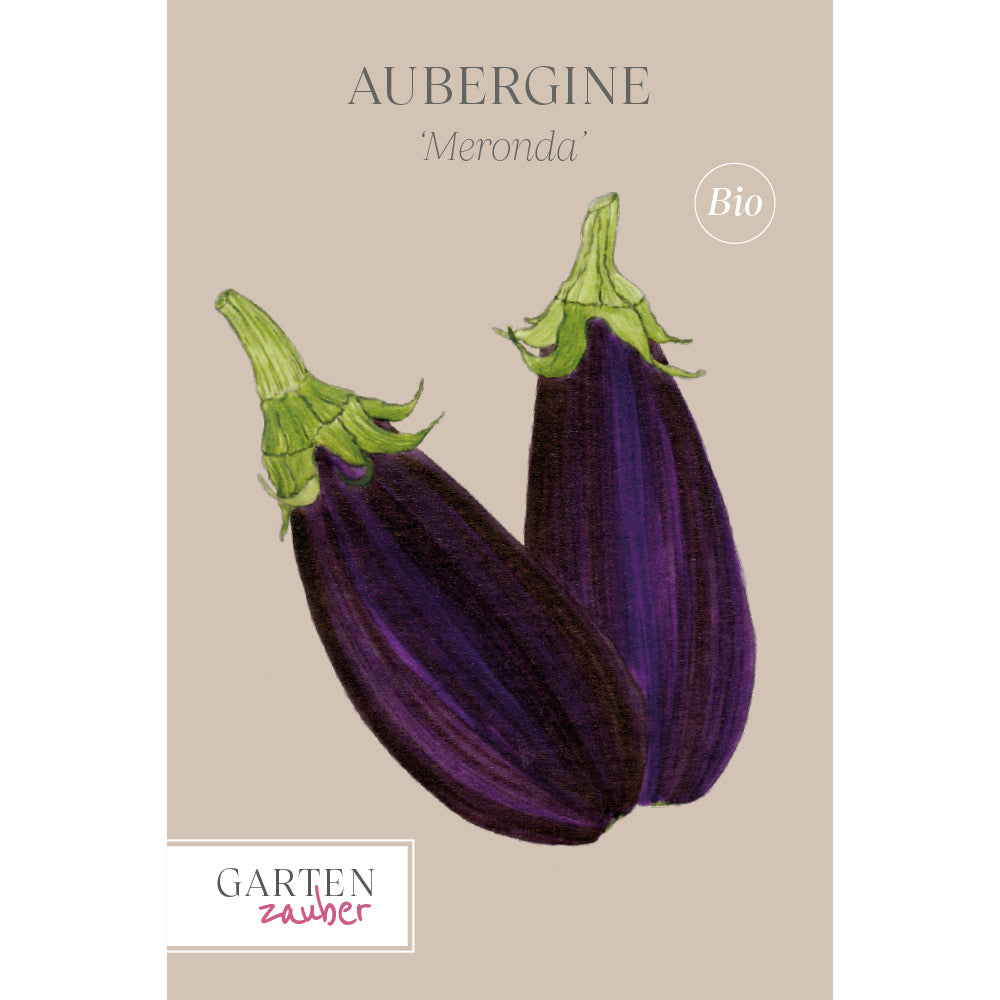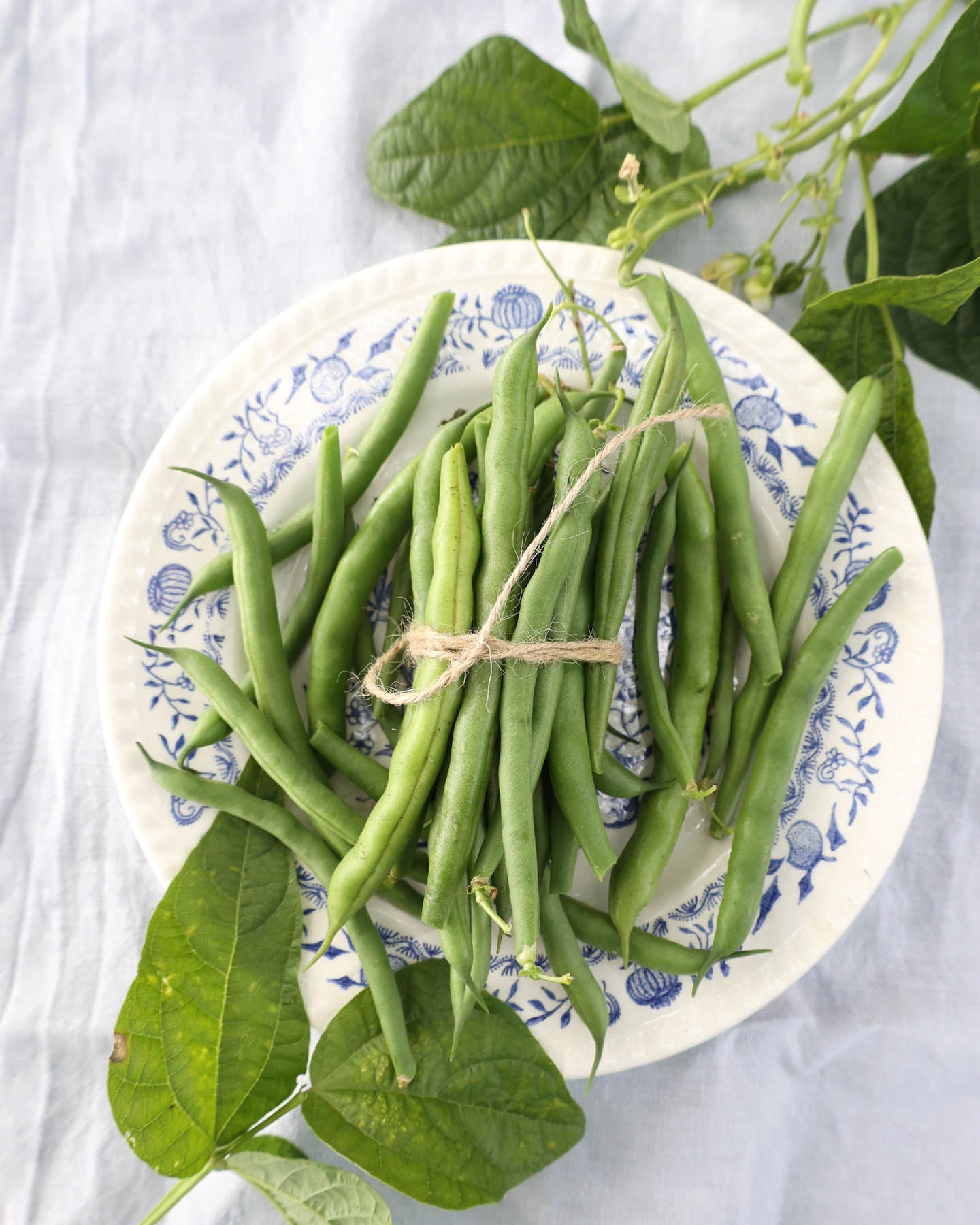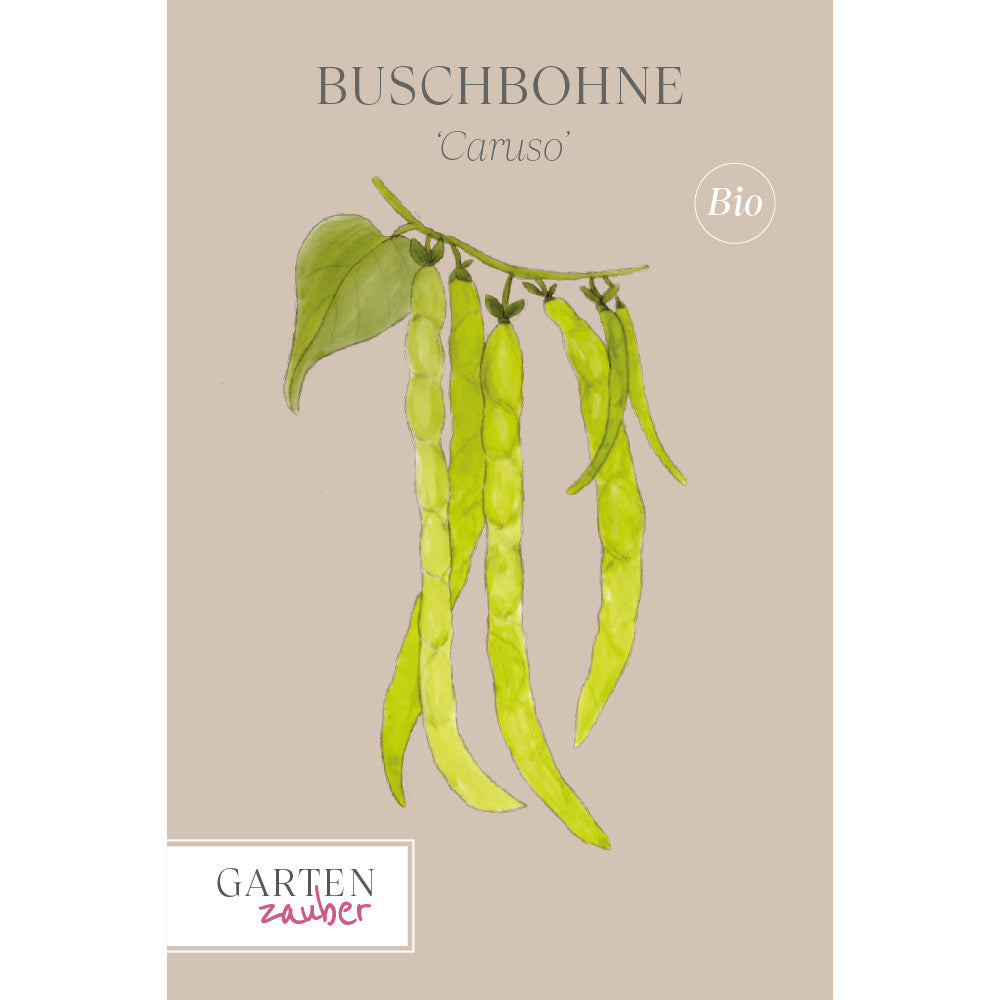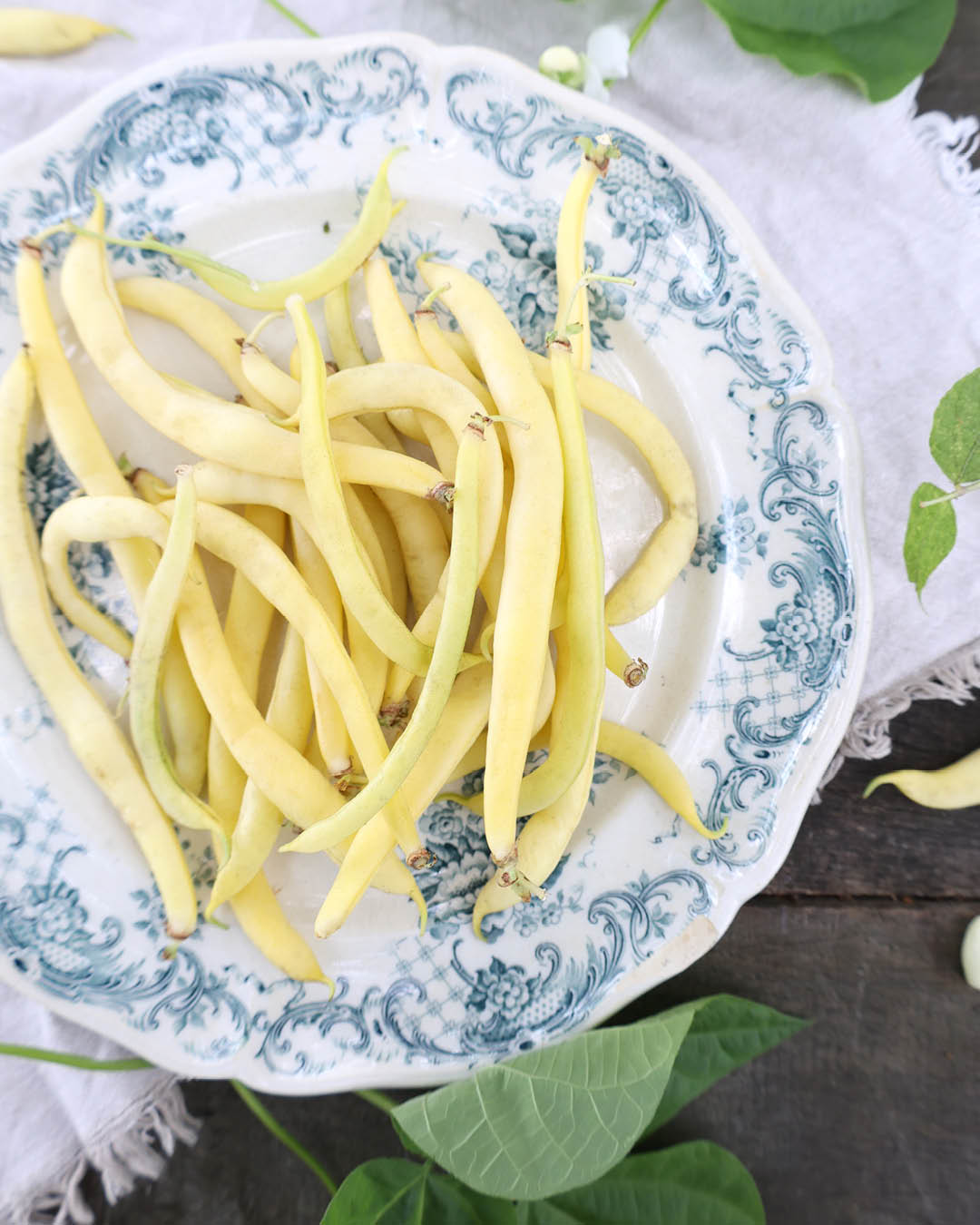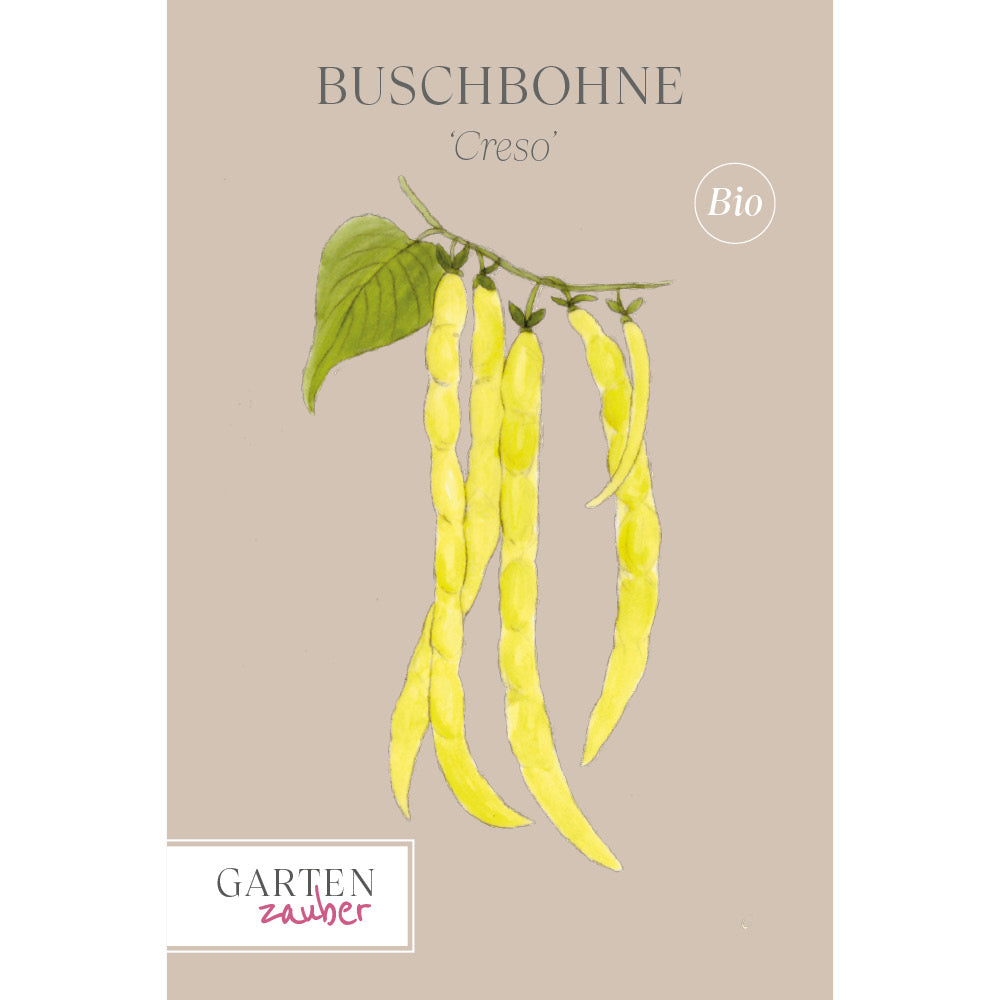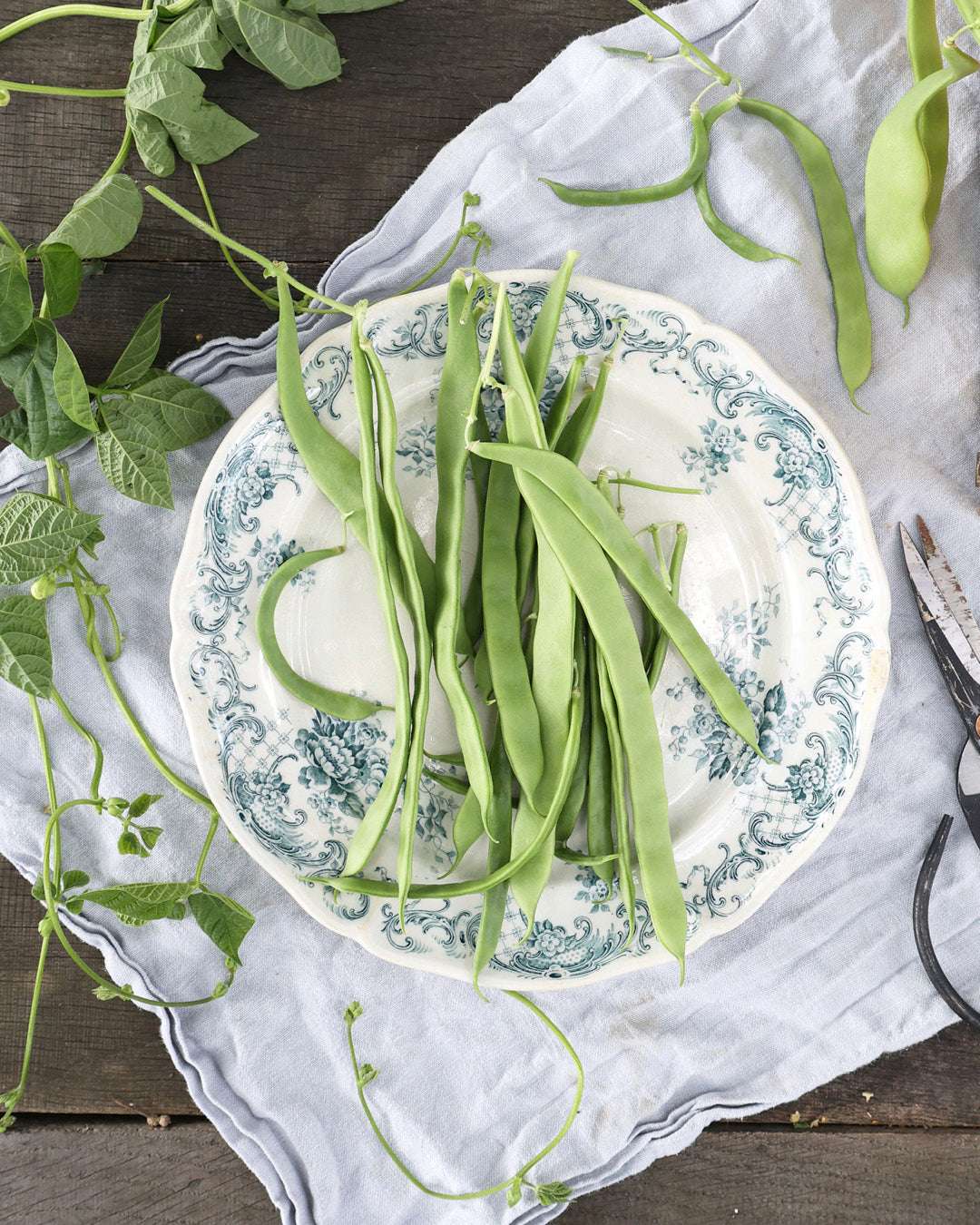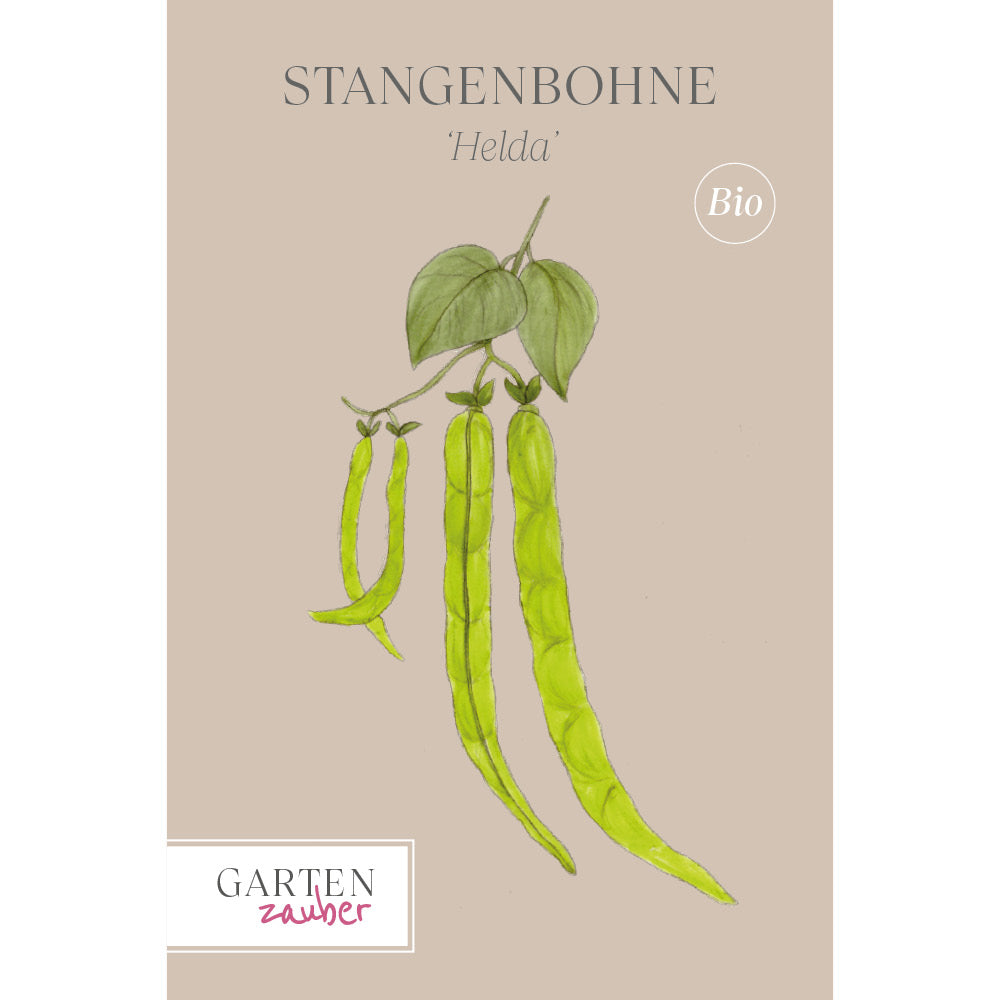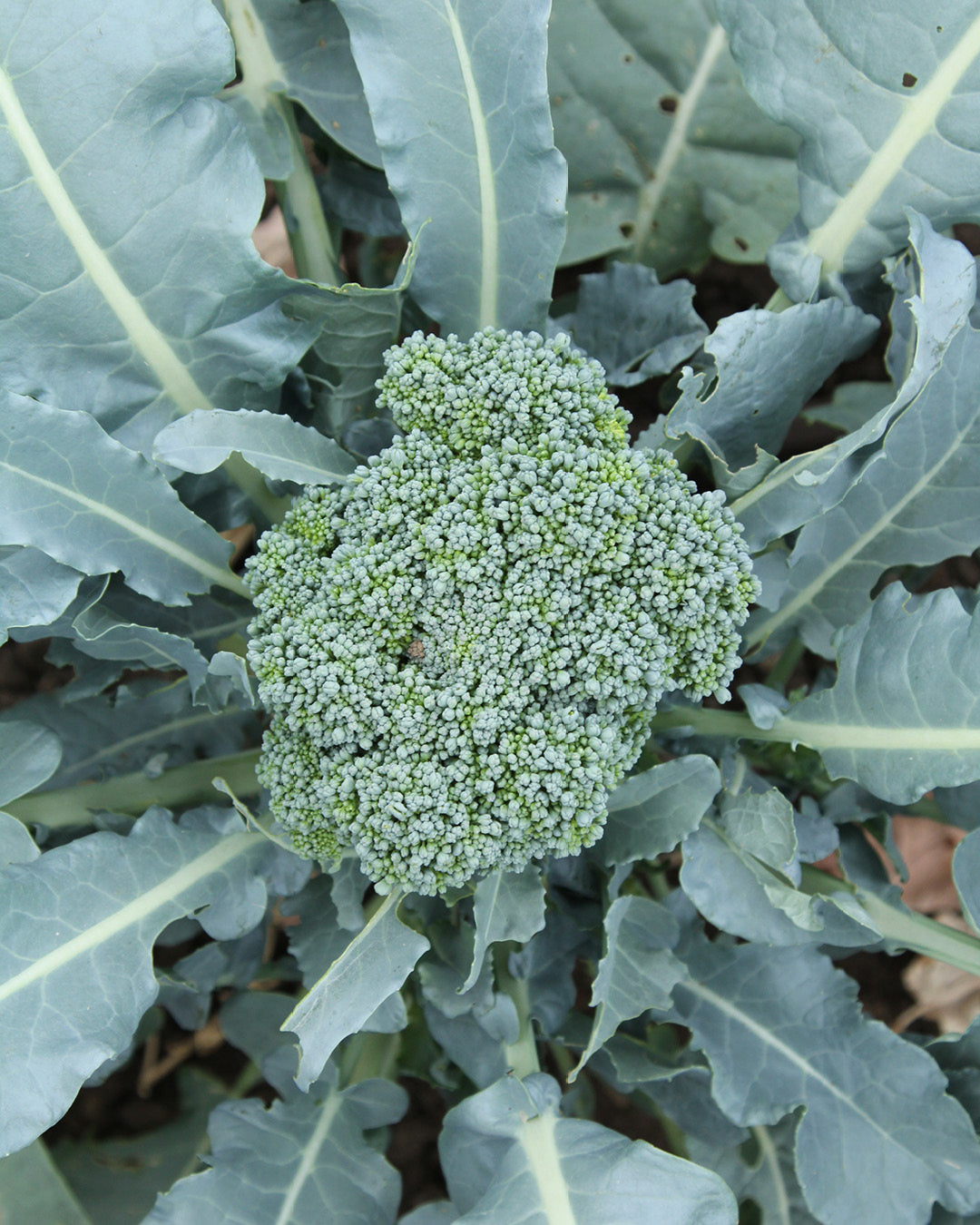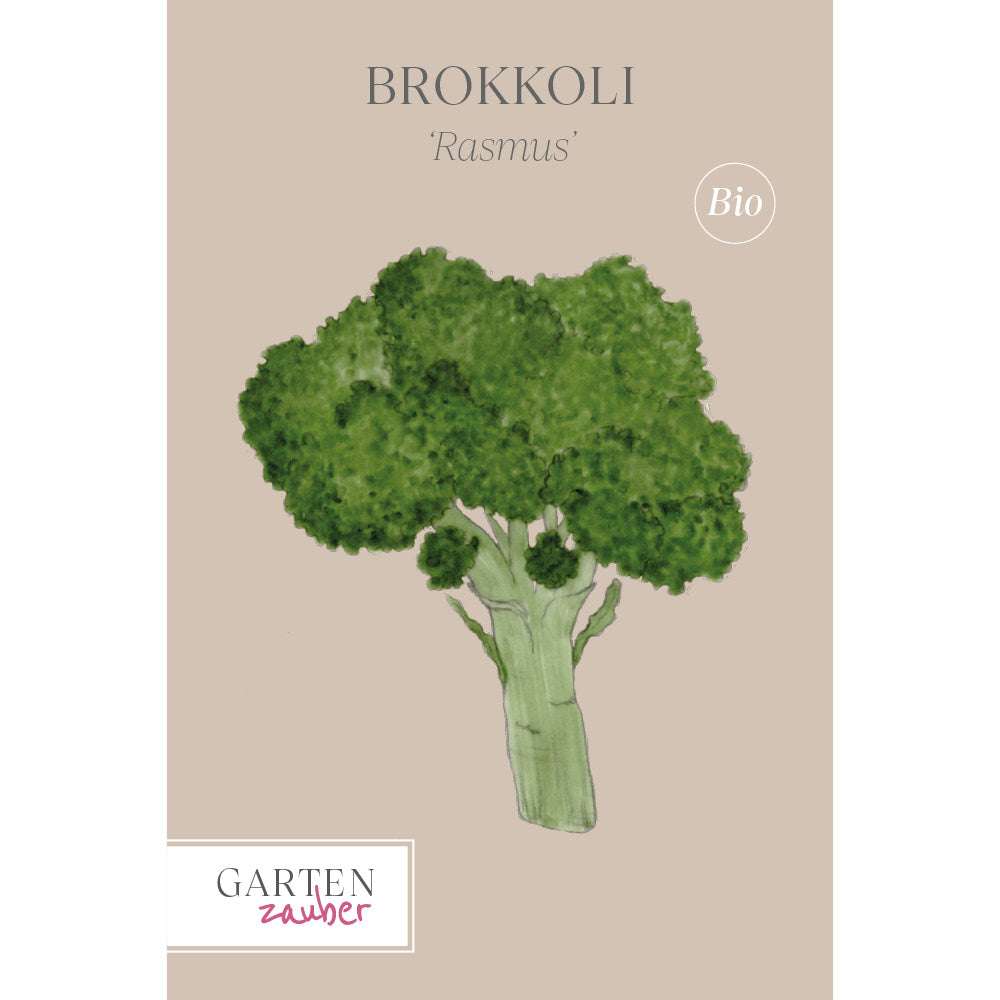Brussels sprouts
As a special form of head cabbage, Brussels sprouts develop unique mini cabbage heads that, when properly prepared, develop a mild, nutty aroma.
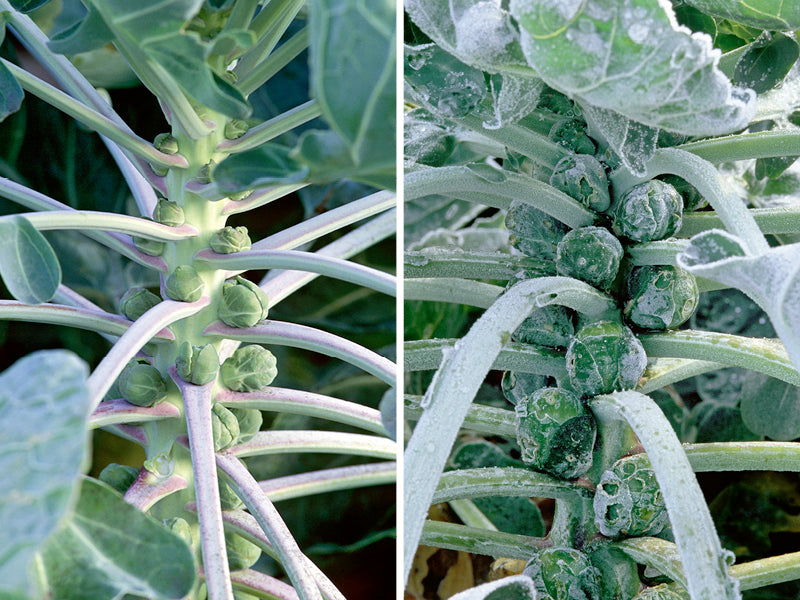
Profile
Brussels sprouts Brassica oleracea var. gemmifera
In the garden:
Sowing: from March under glass, from April outdoors
Planting: from April to June outdoors
Harvest: from September until winter
Location: sunny to partially shaded
Soil: humus-rich, heavy clay soil
Pot culture: suitable to a limited extent, large container, strong cabbage smell
Water requirement: normal
Winter hardiness: hardy
Lifespan: annual to biennial
Special features: harvest after light frost for a finer aroma
Nutrient requirements: Incorporate heavy feeders, compost and horn shavings
Pre-crop: leaf lettuce, peas, bush beans
Follow-up crop: spinach, lamb's lettuce
Good neighbors: peas, bush beans
Bad neighbors: cabbage, potatoes, onions
Diseases/Pests: Clubroot, Cabbage White Butterfly, Cabbage Fly, Cabbage Aphid
Propagation: via seeds
In the kitchen:
Storage: dark, cool, pluck florets from the stem
Shelf life: 1 week in the refrigerator
Freezing: Freeze florets after briefly blanching
Allergenic effect: rare
Special features: contains a lot of protein and minerals
Use: boiled, steamed, fried in olive oil
The right location
Like all cabbage varieties, Brussels sprouts are heavy feeders. Therefore, the soil needs a rich foundation of nutrient-rich compost during the winter months. Clay soils with good water retention and a pH value of at least 6.5 are ideal. Horn shavings and manure compost can also be incorporated into a Brussels sprout bed to increase the nitrogen content.
Since legumes such as peas or bush beans naturally enrich the soil with nitrogen, it is a good idea to plant young Brussels sprouts between the peas and bush beans in June.
In the shade of this previous crop, the cabbage plants can grow and take over the well-fertilized space in the second half of the year.
On the balcony
Growing Brussels sprouts on a balcony is quite an experiment that requires a few prerequisites. The planting container must be deep (approx. 40 cm), as cabbage has deep roots. This also allows it to retain moisture better. When choosing soil, make sure it's well-fertilized and fresh. A balcony that's too sunny is not suitable, as an unpleasant cabbage smell can permeate the plant in hot summer months, and the plants prefer a cool, humid breeze in the summer. It's also important to remember that the plants need a lot of space and the growing process takes a long time. From April to December, the space is taken up. On the other hand, Brussels sprouts also have an aesthetic appeal – they look almost like a small palm tree.
Sowing and cultivation
Depending on the variety, Brussels sprouts are sown in seed trays under glass in a greenhouse starting in March or outdoors starting in mid-April. The young Brussels sprouts are transplanted to their permanent location about four weeks after sowing in May. Since the plants require a lot of space later on, the spacing should be at least 60 × 60 cm.
On average, it takes at least 5 months of development time until harvest.
An old tip says to cut the top shoot at the end of September to encourage the side shoots to develop better. This should only be followed if the plants are not overwintered but are harvested completely in November. Otherwise, you'll weaken their frost resistance.
Harvesting and storage
Frost-hardy varieties should remain in the garden until ready to use, because, like kale, Brussels sprouts need to freeze thoroughly to taste their best. Frost-sensitive varieties should be harvested completely after the first light frost, briefly blanched, and frozen.
Freshly harvested Brussels sprouts can be stored for about a week if slightly refrigerated and kept at high humidity. If the air is too dry, the sprouts will turn yellow and the flavor will deteriorate significantly. In general, cabbage should not be stored with fruit. It will then quickly become overripe and unusable.
← vorheriger Post: Snapdragon (Antirrhinum) – Care, flowering time & location at a glance
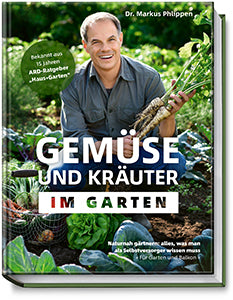
The content of this article is from the book:
Dr. Markus Phlippen
Vegetables and herbs in the garden
Price 39.90 €
ISBN 978-3-95453-153-0
Becker Joest Volk Publishing
Grow healthy things yourself!
"Homegrown vegetables make you happy!" Dr. Markus Phlippen is convinced of this. With his new standard work, "Vegetables and Herbs in the Garden," anyone can easily experience this for themselves. This makes it easy to get started on self-sufficiency, whether on the balcony or in the garden.

